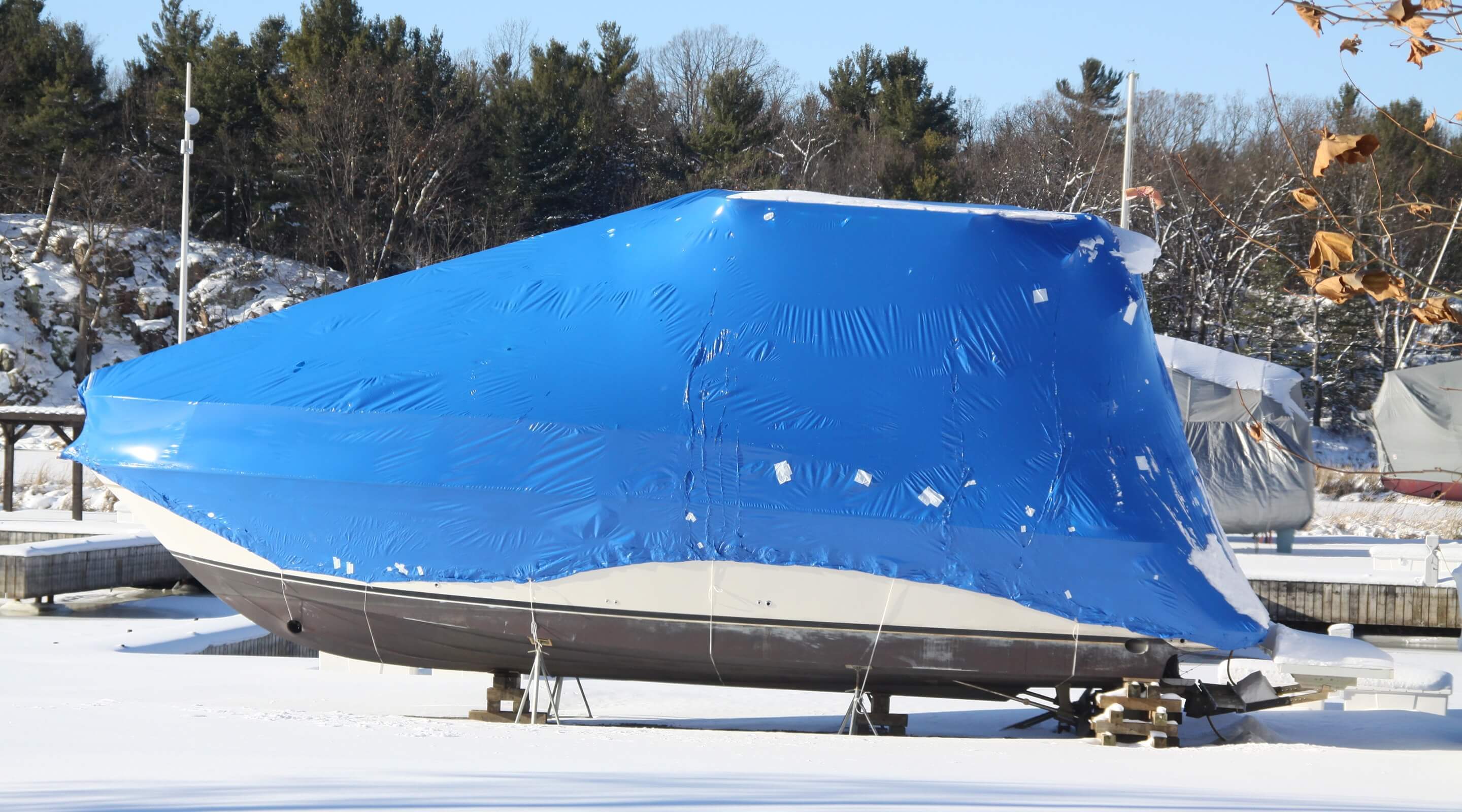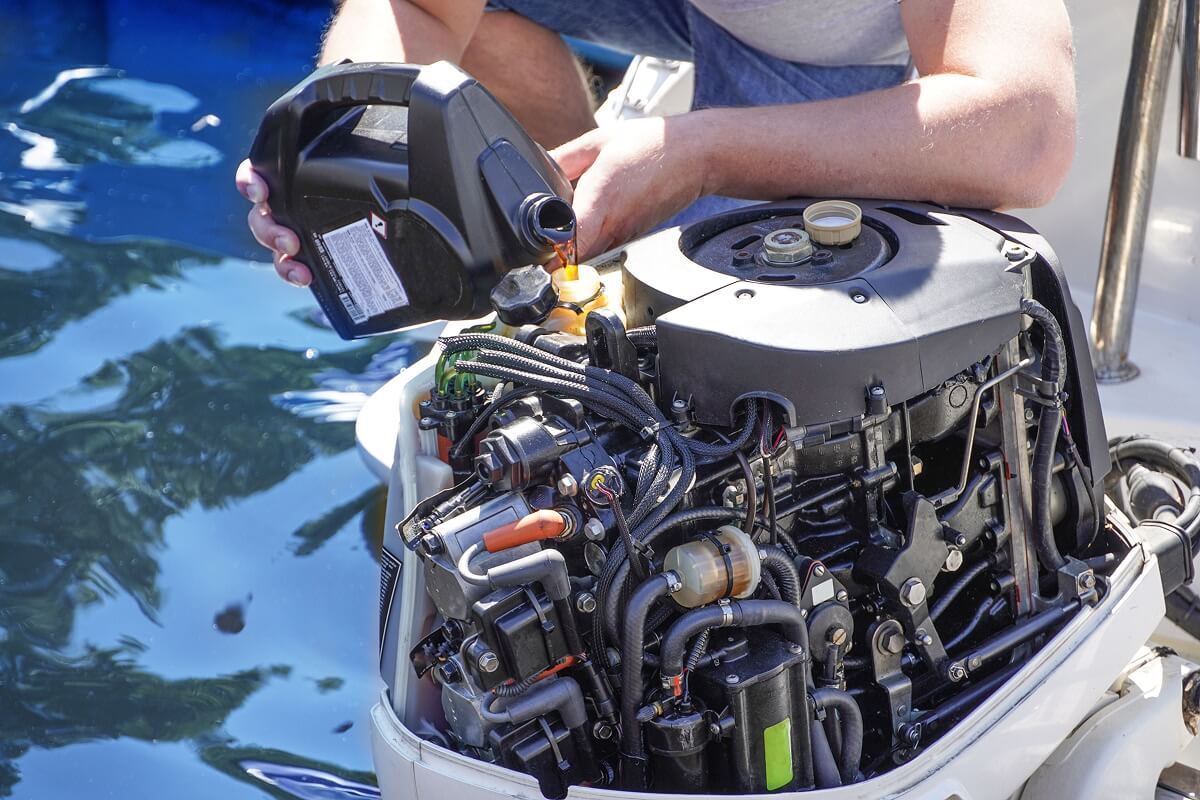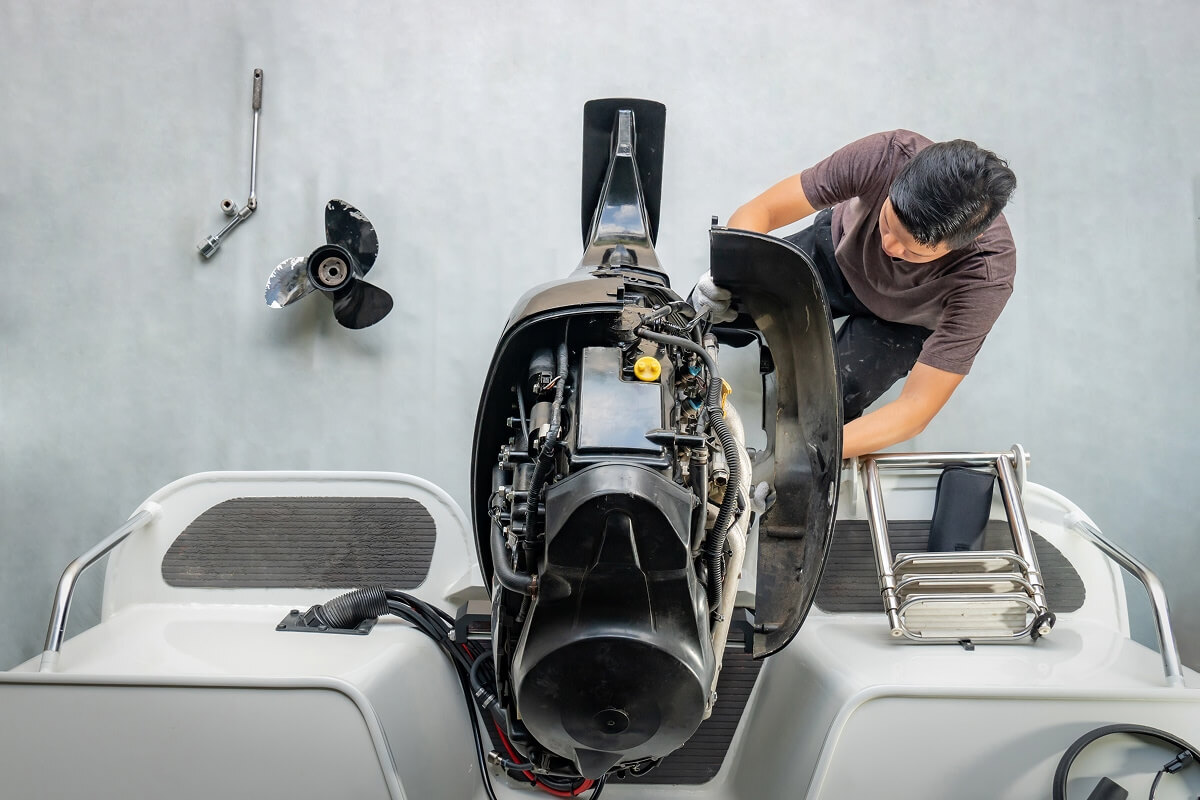
As the final weekends on the water wind down, there's one last mission every boat owner should tackle before the first frost: winterizing your boat. It's not just another item on the to-do list. It's your best defense against freeze damage, cracked blocks, mold, and costly repairs.
Think of it like tucking your boat in for a long, cozy off-season nap. Whether you've done this before or this is your first rodeo, we've got your back with this step-by-step checklist on how to winterize a boat. Let's get your vessel sealed, secure, and ready to hibernate.
Article Contents:
Why Winterization for Boats Is a Must
Skipping winterization for boats might not seem like a big deal until your engine won't turn over or your water lines burst from ice expansion. The cold doesn't care how much you love your boat. But we do.
Proper boat winterization protects your engine, plumbing, and fuel system from damage. It keeps mold, mildew, corrosion, and battery drain at bay. Plus, come spring, you'll be thanking yourself when your boat fires right up and is ready to roll.
So grab a mug of something warm, maybe a friend to lend a hand, and, of course, a boat winterizing kit. Now you're ready to start ticking off each of these items on your boat winterization checklist.
1. Flush and Drain the Engine
Start with your engine. It's the heart of your boat, and freezing water inside can do serious damage. You want to make sure it's clean, dry, and protected from the inside out.
- Run fresh water through the cooling system using flush muffs or a flushing kit.
- Drain all water from the engine, including block and manifolds.
- Add non-toxic marine antifreeze to internal systems to prevent cracking or corrosion.
2. Stabilize the Fuel System
Fuel breaks down and collects moisture over time, especially in cold temperatures. Stabilizing your fuel keeps the system clean and helps avoid startup issues in spring.
- Fill the tank to 90–95% to minimize condensation (but leave room for expansion).
- Add a high-quality fuel stabilizer and run the engine for 10–15 minutes to circulate it.

3. Fog the Engine
Your engine's internal metal parts are vulnerable to rust if left exposed. Fogging oil coats these surfaces with a protective layer during storage.
- Spray fogging oil into your air intake or carburetor while the engine is running.
- Shut the engine off, remove spark plugs, and apply a small burst of fogging oil into each cylinder.
- Rotate the engine manually a few times to distribute.

4. Drain Water Systems
Any system that carries or holds water, such as tanks, plumbing, and heads, needs to be drained and winterized. Water expands when it freezes, and even small amounts can destroy fittings.
- Drain freshwater tanks, sinks, showers, and marine heads completely.
- Pump marine-grade antifreeze through every line and out each faucet until you see color.
5. Disconnect and Charge the Battery
A dead or frozen battery is the last thing you want in the spring. Take care of it now, and it'll take care of you later.
- Remove your boat's battery and clean the terminals.
- Store it in a dry, warm place and keep it on a trickle charger or charge it monthly.
6. Clean and Protect Your Interior
Moisture and leftover crumbs invite mildew, pests, and unpleasant surprises. A clean boat is a happy boat.
- Vacuum and wipe down all surfaces, including upholstery and compartments.
- Remove perishables, electronics, and valuables.
- Place moisture absorbers or dehumidifier packs to prevent mold and odor buildup.
7. Cover and Store Your Boat
Now that everything inside is winter-ready, it's time to protect the outside. A proper cover shields your investment from snow, rain, UV damage, and critters.
- Use a snug-fitting boat cover or shrink wrap for full protection.
- Make sure your trailer or cradle supports the hull evenly.
- Block wheels and double-check straps and supports before you walk away.
Need a place to dock until then? Look into boat docks and mooring equipment.
Bonus Tips From the Boatyard
Here are a few final thoughts from our team of experts as you winterize a boat:
- Label everything you disconnect. Trust us, it'll save serious time in the spring.
- Keep a checklist handy each year so you don't skip a step.
- Don't want to DIY? Look into local marine services before the rush hits.
Wholesale Marine Helps You Winterize Now and Boat Easy Later
The cold's coming sooner than we'd like, but you've still got time to winterize your boat the right way. Whether you need a complete winterization kit, fuel treatment, antifreeze, or a new cover, Wholesale Marine has the parts, tools, and expertise to back you up. Shop now, stash it safe, and come spring, you'll be back on the water like winter never happened.
Explore Boat Winterization GearFrequently Asked Questions About How To Winterize a Boat
Below, we've addressed a few common questions about winterizing your boat. Feel free to contact us toll-free at 513-942-0674 or email us at support@wholesalemarine.com with any additional questions you may have.
When should I start the winterization process for my boat?
Start winterizing your boat before the first hard freeze in your area, typically mid-to-late fall. Aim for early prep to avoid the late-season rush and to catch any issues before storage.
What should I do if I notice damage or issues during winterization?
Take care of it now: Minor damage can become major by spring. Contact a marine technician or check out our engine parts and repair kits to fix things up before storage.
What are the risks of not properly winterizing a boat?
Skipping winterization can lead to cracked engine blocks, burst water lines, fuel gumming, mold, and electrical corrosion. It's expensive, time-consuming, and completely avoidable.
Related Articles
